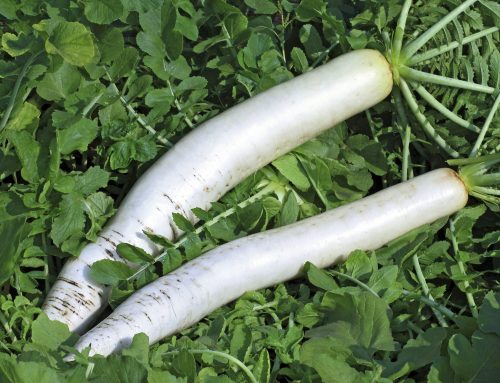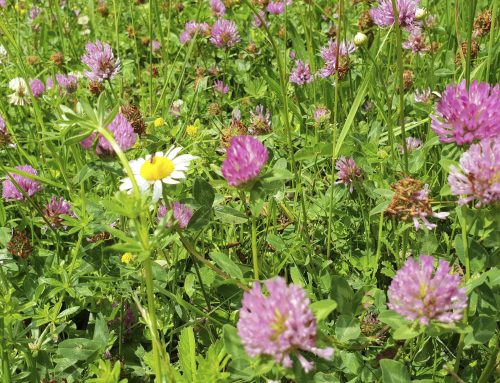The Benefits of Cover Crops

Cover Cropping is becoming an increasingly popular practice in modern farming regimes. This is mainly due to soils becoming exhausted by intensive rotations of cash crops with little being put back into the soil after harvest. The high demands of farming means that the level of organic matter and available nutrients in soil is becoming less and less.
Many farmers are already being proactive about soil health by using a range of cover crops/greening manures to help improve soil structure and nutrient availability.
The type of cover cropping you go for depends mainly on your rotation, soil type and structure, duration of the cover and when the next crop is to be established by.
The key benefits are:
- Reduction of soil erosion
A good cover crop will protect the soil from water, wind and ice to prevent the loss of soil. - Preventing nutrient loss due to leaching and runoff
Nitrogen and other nutrients are lost through leaching when soil is left bare. Cover crops will scavenge Nitrogen and other nutrients from the soil and air, making them more easily available to the following crop. - Weed reduction
Cover Crops work by depriving weeds of nutrients and light, causing them to die off and exhausting the seed bank.
Some species have an Allelopathic effect on weeds, these act as germination and growth inhibitors. For example, Black oats are effective against broad leaved weeds. - Improving soil structure
Cover crops work by breaking up compaction in the soil and encouraging water uptake. A good mixture of species will work to improve the structure in many layers of the soil. - Increased Organic matter
Putting Organic matter back in the soil improves the structure and mineral composition. It aids soil aeration and locks in Nitrogen, making it available to the following crops. Up to 5% of soil organic matter is used by crops each year. - Improved yields
The majority of crops established following a cover crop will show an increase in yield. This shows the financial benefits of investing time and money into using cover crops. In some cases, you may not see an immediate yield increase. As the rotation continues with cover crops included there should be an increase in production.
The definition of a cover crop is:
“Crops which are grown for improving soil, air and water conservation and quality; nutrient scavenging, cycling and management; increasing populations of beneficial insects in integrated pest management; and for short-term animal cropping grazing systems”.
Don’t just take our word for it!
“I started using cover crops in 2015. I was very skeptical at the time, especially on heavy land. The main purpose of the cover crop was for helping to tackle black grass. When it came to drilling spring barley the cover crop had been sprayed off 8 weeks prior and vegetation had died back nicely. I still wasn’t convinced that the barley crop would establish as well as conventionally drilled barley, but within a couple of weeks there was no difference between the two.
At harvest there was minimal difference in yield between the conventionally drilled barley and the barley that was direct drilled into the cover crop. The barley was good enough quality to pass for malting as well.
The second year was easier due to the work the cover crop had done to the soil structure. The roots of the cover crop had kept the soil from slumping together. The root structure from that second year cover crop made it easier for the drill to cut in than the first year.
I have seen a positive effect against black grass levels since using cover crops, with our agronomist estimating that we have around 70% less than previous years. Although, where black grass is bad, just a single crop is not enough to fix the problem. It needs 2-3 cover crops established before black grass levels decline.
I am also aware of what the cover crop is doing to the soil structure and I am now trialing different mixes of species to suit the needs of my soil. Using legume varieties for fixing nitrogen from the air and non-legume broadleaved varieties that absorb nitrogen from the soil and the rooting characteristics for soil building.” Mathew, North Lincolnshire.
We have a range of 7 stock mixtures that are available, we do not have these online so please call us for advice or a brochure.
If you wanted a bespoke mixture, we stock a large range of species that are suitable for use as cover crops. We can also advise you on what should go in to a mixture and why.
Please give us a call or email us to discuss your requirements.


